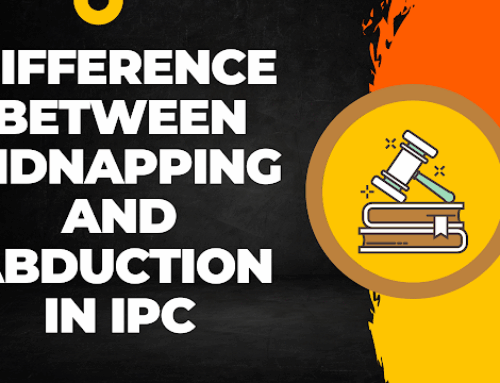– Abul Kalam Azad Sulthan, Advocate, High Court of Judicature at Madras and Madurai Bench of Madras High Court & Partner, Spicy Law Firm.
In the complex landscape of Indian jurisprudence, a significant and often contentious issue is the overlap between civil and criminal law. Many times, what essentially should be addressed as a civil dispute is given a criminal flavour by parties, either out of ignorance or to derive undue advantage. This phenomenon not only clogs the criminal justice system but also causes undue harassment to the parties involved. This blog post aims to provide a comprehensive understanding of the concept, its implications, and the legal provisions surrounding it in Indian law.
Understanding the Concept
A civil dispute revolves around the rights and obligations of individuals or entities and deals mainly with the enforcement of rights. Criminal cases, on the other hand, involve actions or omissions that are considered offenses against society at large and are punishable under criminal law. When a civil dispute is incorrectly given a criminal dimension, it is referred to as “giving criminal colour to a civil dispute.”
Legal Framework
Indian Penal Code (IPC) and Civil Procedure Code (CPC):
1. Breach of Contract vs. Cheating (Section 415, IPC):
– A common example is when a breach of contract, a quintessential civil matter, is construed as cheating under Section 415 of the IPC. Cheating involves deceit and fraudulent behavior, whereas a breach of contract is generally a civil wrong. Courts have reiterated that non-fulfillment of contractual terms, in the absence of fraudulent intent, does not constitute cheating.
2. Criminal Breach of Trust (Section 405, IPC):
– Situations involving trust and fiduciary relationships can sometimes blur the lines between civil and criminal wrongs. While misappropriation of assets can be a matter of civil litigation, criminal breach of trust under Section 405 of the IPC specifically requires mens rea (criminal intent).
Judicial Precedents:
1. Bhajan Lal vs. State of Haryana:
– The seminal case of Bhajan Lal laid down guidelines to determine the legitimacy of criminal proceedings in the context of civil disputes. It emphasized that the spirit and essence of purportedly criminal behavior need to be scrutinized to ensure that civil disputes aren’t criminally colourized merely to intimidate or harass the other party.
2. Indian Oil Corporation vs. NEPC India Ltd.:
– The Supreme Court in this case delineated the parameters within which a civil wrong could be treated as a criminal offense. It underscored that courts must be wary of attempts to initiate criminal proceedings towards exerting undue pressure in settling private civil disputes.
Implications and Challenges
1. Judicial Overload:
– When civil disputes get embroiled in the criminal justice system, it places unnecessary strain on the judiciary. The already overburdened criminal courts get further clogged, leading to delays and injustice.
2. Harassment to Parties:
– For the parties involved, especially the accused, it leads to undue harassment, mental trauma, and damage to reputation. The objective of the aggrieved party often is to pressurize the other side into a settlement by leveraging the criminal justice system.
3. Wasting Public Resources:
– Police, investigative agencies, and courts are public resources meant to serve the public interest in matters of crime and safety. Misusing these resources for what should be private civil disputes diverts them from their crucial functions.
Legal Safeguards and Remedies
1. Quashing of FIR:
– Under Section 482 of the Criminal Procedure Code (CrPC), the High Courts have the inherent power to quash FIRs that lack prima facie evidence of a criminal offense. Litigants can approach higher courts to get frivolous criminal cases quashed.
2. Countering Malicious Prosecution:
– Those wrongfully dragged into criminal proceedings can seek justice through counterclaims for malicious prosecution. The malicious initiator of the case can be held liable for compensation.
3. Strict Adherence to Guidelines:
– The judiciary has been vigilant in ensuring that Bhajan Lal guidelines and other judicial precedents are strictly followed to differentiate between civil and criminal wrongs.
Conclusion
In conclusion, giving criminal colour to civil disputes is a significant issue within the Indian legal framework. While the boundary between civil and criminal law can sometimes be porous, misusing criminal law to settle civil disputes is legally and morally indefensible. It is imperative for the judiciary, legal fraternity, and litigants to understand and respect this distinction. Robust safeguards, meticulous legal analysis, and strict adherence to judicial guidelines are required to prevent the perversion of justice. In doing so, we can ensure a more efficient, fair, and equitable legal system.
—
This comprehensive analysis aims to provide valuable insights into the issue of criminal colour being given to civil disputes under Indian law. It is crucial for legal practitioners and the general public to be aware of these nuances to safeguard the sanctity of both civil and criminal legal processes.







Leave A Comment